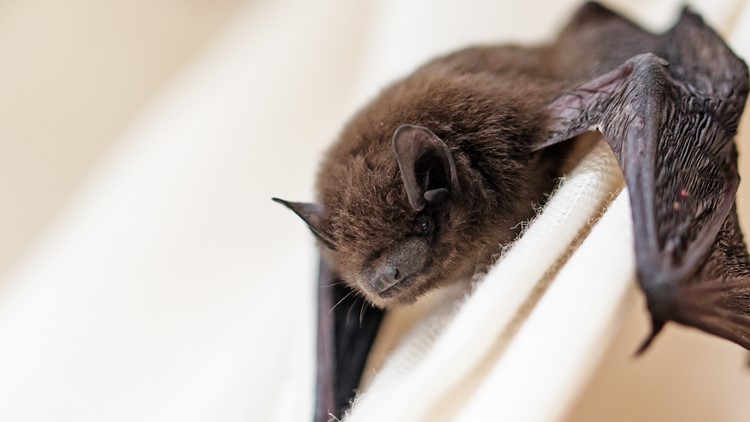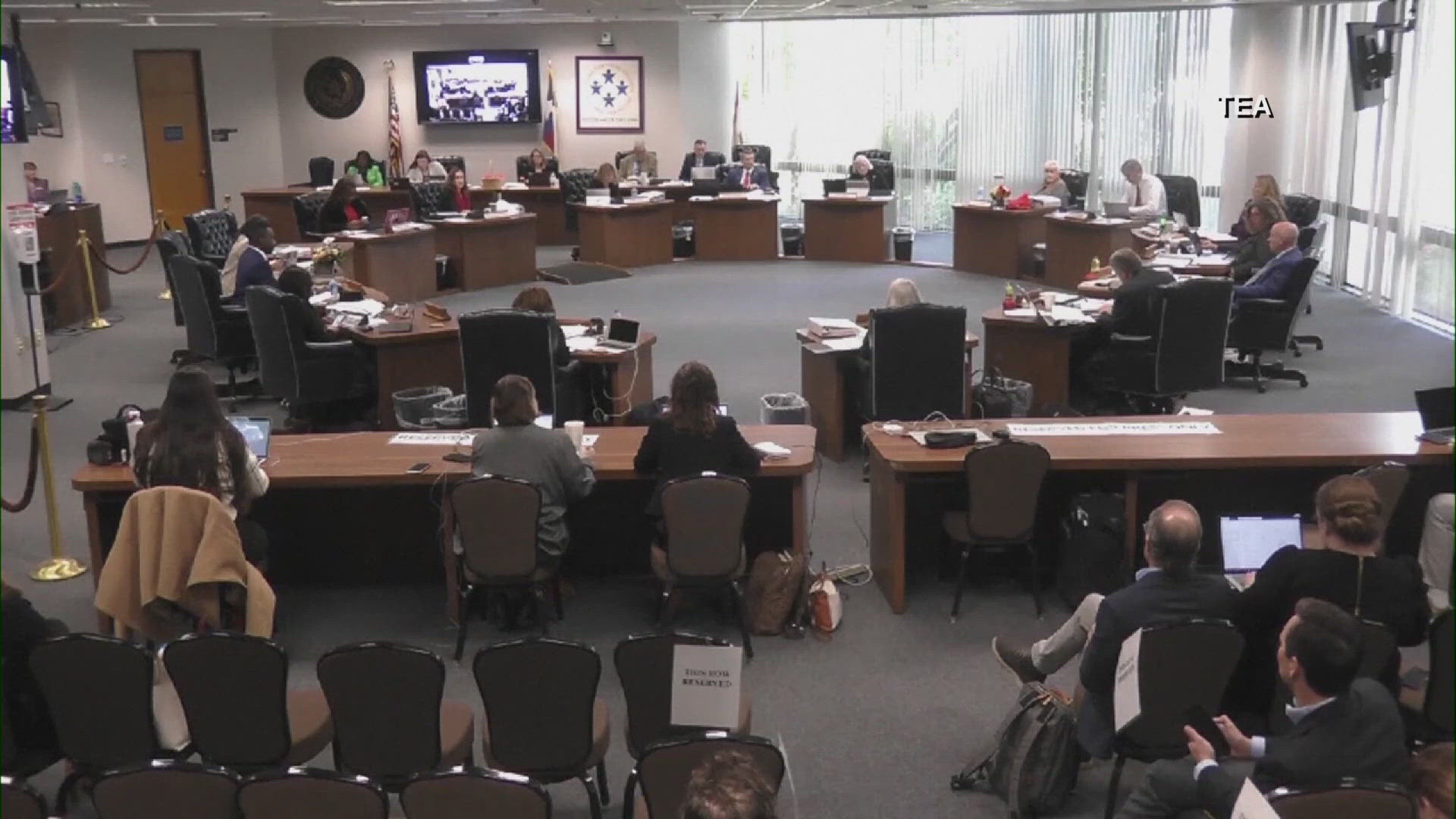CENTRAL, Texas — The Texas Parks and Wildlife Department has confirmed the first case of white-nose syndrome in a Texas bat.
The infected bat was found dead in Gillespie County on Feb. 23 and was tested by the U.S. Geological Survey National Wildlife Health Center.
TPWD Bat Specialist Nathan Fuller said they also received a report of five bats in Bell County that are suspected to be infected.
“We’re following up on several other reports to determine whether this was an isolated incident or if the impacts are more widespread,” Fuller said. “We should know more in the next few weeks.”
Although the fungal disease was previously detected in Texas in 2017, there were no signs of the disease it can cause. WNS has killed million of hibernating bats in the eastern parts of the U.S., according to the TPWD.
“Finding WNS in Central Texas for the first time is definitely concerning,” Fuller said. “Biologists had hoped that white-nose syndrome, a disease that thrives in cold conditions, might not occur in warmer parts of Texas.”
The disease was found in New York in 2007 and has rapidly spread. It is believed to have been introduced from Europe were bats appear to be resistant to the fungus. Since the fungus thrives in colder conditions, U.S. bat populations in the cooler regions of the country have been most impacted.
Researchers are concerned that it could take decades for some bat populations to recover from a major decline, because many bats produce only one offspring per year.
The disease is only known to impact bats and does not pose a risk to people. However, the department encourages people who see dead or sick bats to report them to TPWD at nathan.fuller@tpwd.texas.gov for possible testing.
Also on KCENTV.com




